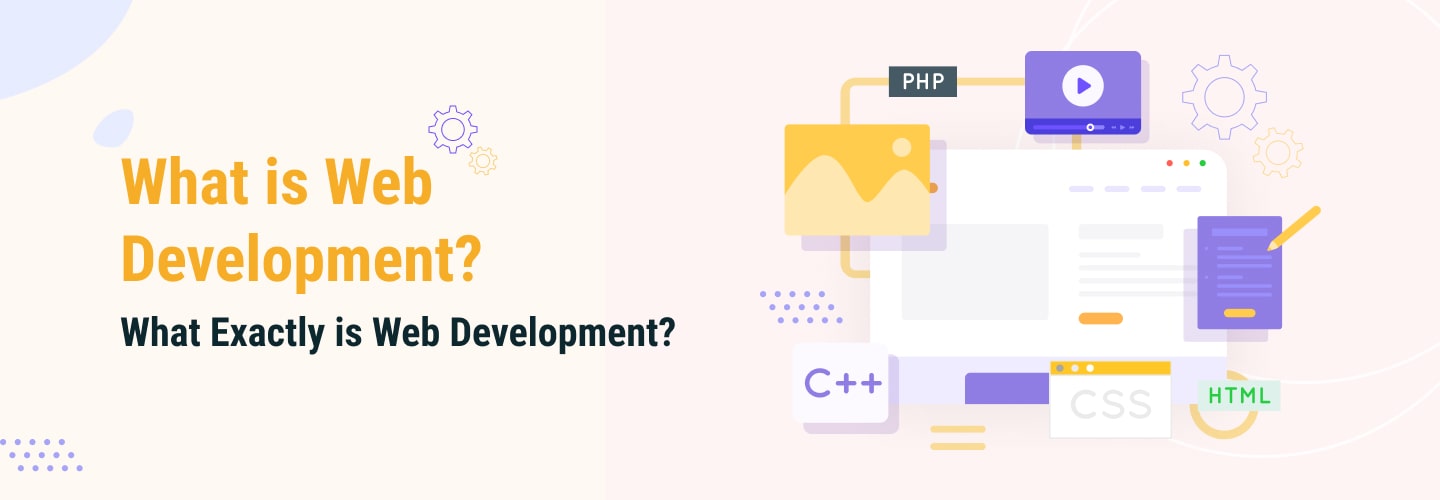Table of Contents
What is DevOps in simple terms?

DevOps combines development and operations to increase the efficiency, speed, and security of software development and delivery. A more nimble software development lifecycle results in a competitive advantage for businesses and their customers.
introduction to devOps : a beginner’s guide -DevOps can be best explained as people working together. Just for conceive, build and deliver secure software at top speed. DevOps practices enable software developers (devs) and operations (ops) teams to accelerate delivery. through automation, collaboration, fast feedback, and iterative improvement.
Stemming from an Agile approach to software development, a DevOps delivery process expands on the cross-functional approach. Additionally, The approach is for building and shipping applications in a faster and more iterative manner. In adopting a DevOps development process, you are making a decision. Additionally, This decision improve the flow and value delivery of your application. Moreover encouraging a more collaborative environment at all stages of the development cycle.
DevOps represents a change in mindset for IT culture. In building on top of Agile, lean practices, and systems theory. Moreover, DevOps focuses on incremental development and rapid delivery of software. Success relies on the ability to create a culture of accountability, improved collaboration, empathy, and joint responsibility for business outcomes.
introduction to devOps : a beginner’s guide -DevOps is a combination of software developers (dev) and operations (ops). It is defined as a software engineering methodology which aims to integrate the work of software development. It also has software operations teams by facilitating a culture of collaboration and shared responsibility.
What exactly do DevOps do?
introduction to devOps : a beginner’s guide . DevOps is all about the unification and automation of processes. Moreover, DevOps engineers are instrumental in combining code, application maintenance, and application management. Resultantly, All of these tasks rely on understanding not only development life cycles. Its also on DevOps culture, and its philosophy, practices, and tools.
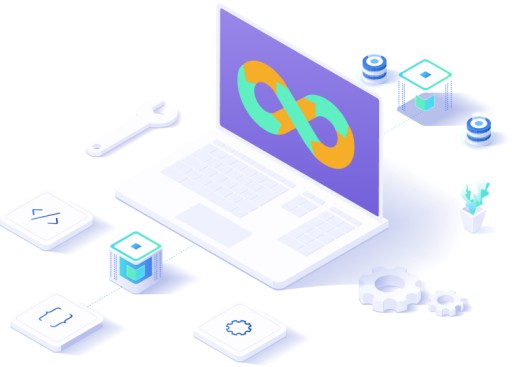
Core DevOps principles
The DevOps methodology comprises four key principles that guide the effectiveness and efficiency of application development and deployment. Moreover, These principles, listed below, center on the best aspects of modern software development

Automation of the software development lifecycle

Collaboration and communication

Continuous improvement and minimization of waste
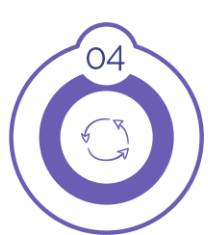
Hyperfocus on user needs with short feedback loops
What is a DevOps platform?
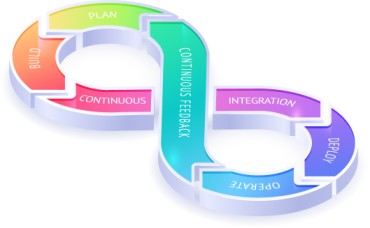
DevOps is all about the unification and automation of processes. DevOps engineers are instrumental in combining code, application maintenance, and application management. Moreover, All of these tasks rely on understanding not only development life cycles. But DevOps culture, and its philosophy, practices, and tools.
What is the goal of DevOps?
DevOps represents a change in mindset for IT culture. In building on top of Agile and lean practices. Moreover, DevOps focuses on incremental development and rapid delivery of software. Resultantly, Success relies on the ability to create a culture of accountability, improved collaboration, empathy, and joint responsibility for business outcomes.
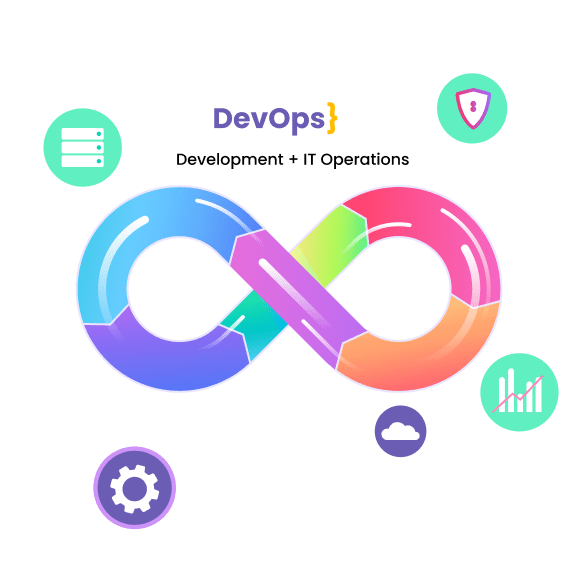
Benefits of DevOps
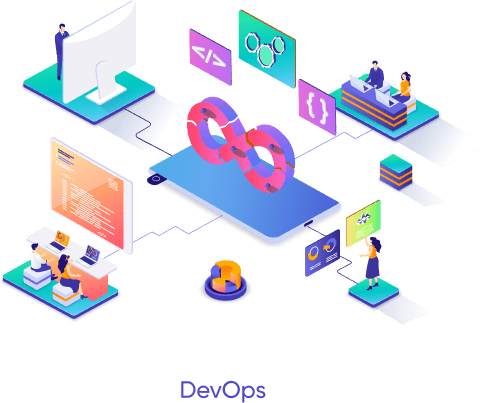
Adopting a DevOps mode breaks down barriers so that development and operations teams are no longer siloed and have a more efficient way to work across the entire development and application lifecycle. Without DevOps, organizations experience handoff friction, which delays the delivery of software releases and negatively impacts business results.
Additionally, The DevOps model is an organization’s answer to increasing operational efficiency, accelerating delivery, and innovating products. Moreover, Organizations that have implemented a DevOps culture experience the benefits of increased collaboration, fluid responsiveness, and shorter cycle times.
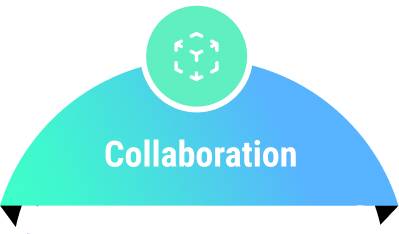
Adopting a DevOps model creates alignment between development and operations teams; handoff friction is reduced and everyone is all in on the same goals and objectives.

More collaboration leads to real-time feedback and greater efficiency; changes and improvements can be implemented quicker and guesswork is removed.

Improved efficiency and frequent communication between teams shortens cycle time; new code can be released more rapidly while maintaining quality and security.
The DevOps lifecycle
Here is a closer look at nine key stages:
Plan
Is the stage of DevOps that encompasses everything that happens before the first line of code is written. Moreover, It’s about creating a product roadmap that guides upcoming development, helping the team organize resources and priorities, align, and track projects.
Create
Is the first stage of the CI/CD pipeline. This is where code is designed and developed using version control to coordinate changes made by multiple developers to the same code base. Importantly, This is one of the keys to improving velocity.
Verify
Is a process focused on confirming the quality of code. Moreover, to get feedback quickly to developers and testers, and instant insights into every commit, this process relies on security testing, code quality analysis, parallel execution, and automation. Additionally, Enabling developers to find and fix flaws while they are developing has proven to be more cost-effective and efficient.
Package
Stage comes after code has been created and tested. Packaging applications and dependencies, managing containers, and building artifacts maintains a consistent software supply chain.
Release
Or deployment is about pushing code updates into the production environment. With DevOps, releases can be deployed as iterations are created, tested, and ready – and not as on a preplanned, static, bulk release date.
Configure
Is about setting up, managing, and maintaining application environments. Automated configuration management is designed to handle these complex environments across servers, networks, and storage systems.
Monitor
It also provides data to help effectively respond to incidents.
Is a proactive, automated part of the process, focused on tracking software, infrastructure, and networks to trace status and raise alerts to problems. This increases security, reliability, and agility.
Protect
Is about securing your applications and their runtime environment, from intrusions, and new vulnerabilities. .
Manage
Is about visibility and control across your end-to-end software development lifecycle by managing permissions, standardizing DevOps build and deployment processes, and automating guardrails to ensure security and compliance policies are met.
What about security?
Good question. That’s the beauty of DevOps – security isn’t an afterthought. It’s part of every stage of the process, from documenting requirements to automated testing to validating those requirements.
Moreover, It ensures that new code and features actually work exactly the way they are designed, and that bugs, security threats, and compliance issues haven’t been created.

introduction to devOps: a beginner’s guide; These stages are all part of an ongoing cycle. All of the information created in these stages is instantly available through the platform to all participants, across stages, and provides a single source of truth for improved visibility and collaboration. Another key benefit of a united platform is the ability to manage and control the entire software development lifecycle from one place.
What powers these DevOps stages
DevOps covers a wide range of practices across the application lifecycle. Resultantly, Customers start with one or more of these practices in their journey to DevOps success.
Source Code Management (SCM)
This is how a repository of code is shared among many developers without one person’s changes negating another’s. The code is divided and managed into projects and groups of projects. Additionally, An individual developer checks out existing code or adds code to what’s there and the SCM tool identifies conflicting edits to the same code and flags it for resolution. Moreover, This process allows multiple developers to work on one project at once, a key to increasing the velocity of software updates. Resultantly, DevOps thrives on Git repositories, an important distinction from old-school version control systems, because of the powerful capabilities their modern architecture enables.
Continuous Integration (CI)
This is the step that enables iteration by committing changes to a shared source code repository early and often – many times a day – and automatically testing each change and kicking off a build.
Moreover, Continuous integration is all about efficiency. By automating manual work and testing code more frequently, teams can iterate faster and deploy new features with fewer bugs more often. Other benefits of CI include identifying and fixing problems more easily, less context-switching for your team, and happier users and customers.
To get the most out of continuous integration, make sure your setup includes these core elements:
– A source code repository with all the necessary files and scripts to create builds.
– Automated builds with scripts that include everything you need to build from a single command.
– Self-testing builds that automate your policies (for instance, fail if any test fails).
– Frequent commits and iterations so there are fewer places for confilicts to hide.
– Stable testing environments that accurately reflect the production environment.
– Visibility so every developer can access the latest exectables and see any changes made to the repository.
Continuous delivery (CD)
Continuous delivery is a software development process that works in conjunction with continuous integration to automate the application release process. Once code has been tested and built as part of the CI process, continuous delivery takes over during the final stages to ensure it’s packaged with everything it needs to deploy to any environment at any time. Moreover, Continuous delivery can cover everything from provisioning the infrastructure environment to deploying the tested application to test/staging or production.
With continuous delivery, software is built so it can be deployed to production at any time. Then you can trigger the deployments manually or automate the process.
Resultantly, When continuous delivery is done well, your software release processes become boring — that is, they are low-risk, consistent, and repeatable. Resultantly, Then you can confidently plan release processes and schedules, automate infrastructure and deployments, and manage your cloud resources more effectively.
Shift Left Security
Teams looking for ways to identify vulnerabilities during development with actionable information to empower dev to remediate vulnerabilities earlier in the lifecycle have specific goals and meet specific success criteria at the specified time.
Automated testing
This is key to fully adopting DevOps and continuous integration — and releasing higher quality code more frequently. Moreover, With testing built into your CI pipeline, every committed code change triggers a build, and then the build runs tests to ensure the changes pass all tests, policies, and code compliance standards you established for your application. With this in place, bugs are identified earlier and with greater context to simplify their resolution, your teams can deploy more frequently and confidently, and you minimize manual testing and reworking late in the process.
Monitoring and Feedback
Teams looking for ways to embed monitoring into every deployed version and the impact of application changes to the business value and user experience.
Rapid Innovation
Teams looking for ways to provide feedback back into the development, test, packaging & deployment stages to complete the loop to integrate dev and ops teams and provide real time feedback from production environments and customers.
What powers these DevOps stages
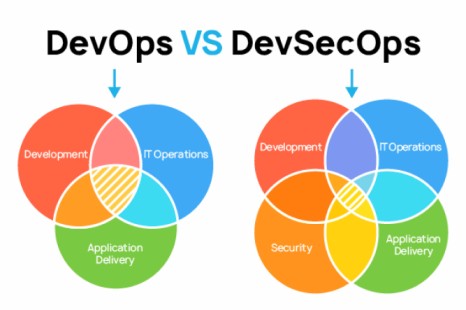
an introduction to devOps: a beginner’s guide: Actually, Security has become an integral part of the software development lifecycle, with much of the security shifting left in the development process. Moreover, DevSecOps ensures that DevOps teams understand the security and compliance requirements from the very beginning of application creation and can properly protect the integrity of the software.
Resultantly, By integrating security seamlessly into DevOps workflows, organizations gain the visibility and control necessary to meet complex security demands, including vulnerability reporting and auditing. Additionally, Security teams can ensure that policies are being enforced throughout development and deployment, including critical testing phases.
Moveover, DevSecOps can be implemented across an array of environments such as on-premises, cloud-native, and hybrid, ensuring maximum control over the entire software development lifecycle.
How is DevOps and CI/CD related?
CI/CD is an essential part of DevOps and any modern software development practice. A purpose-built CI/CD platform can maximize development time by improving an organization’s productivity, increasing efficiency, and streamlining workflows through built-in automation, testing, and collaboration.
Also, As applications grow larger, the features of CI/CD can help decrease development complexity. Moreover, Adopting other DevOps practices — like shifting left on security and creating tighter feedback loops — helps break down development silos, scale safely, and get the most out of CI/CD.
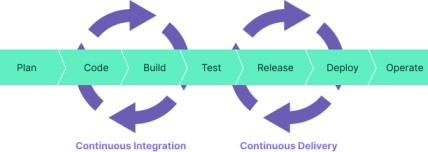
How to adopt DevOps

Adopting DevOps first requires a commitment to evaluating and possibly changing or removing any teams, tools, or processes your organization currently uses. Moreover, It means building the necessary infrastructure to give teams the autonomy to build, deploy, and manage their products without having to rely too heavily on external teams.
DevOps culture
A DevOps culture is where teams embrace new ways of working that involve greater collaboration and communication. It’s an alignment of people, processes, and tools toward a more unified customer focus. Additionally, Multidisciplinary teams take accountability for the entire lifecycle of a product.
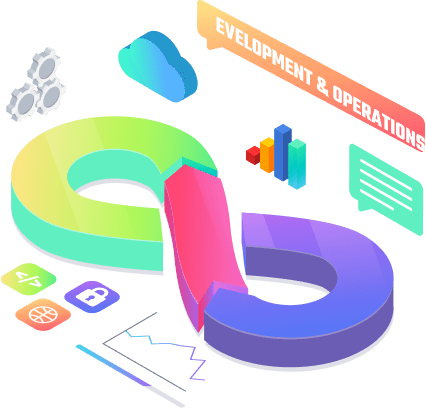
Continuous learning

Organizations that do DevOps well are places where experimentation and some amount of risk-taking are encouraged. Moreover, Where thinking outside the box is the norm, and failure is understood to be a natural part of learning and improving.
Agile
Agile methodologies are immensely popular in the software industry since they empower teams to be inherently flexible, well-organized, and capable of responding to change. Additionally, DevOps is a cultural shift that fosters collaboration between those who build and maintain software. Resultantly, When used together, agile and DevOps result in high efficiency and reliability.
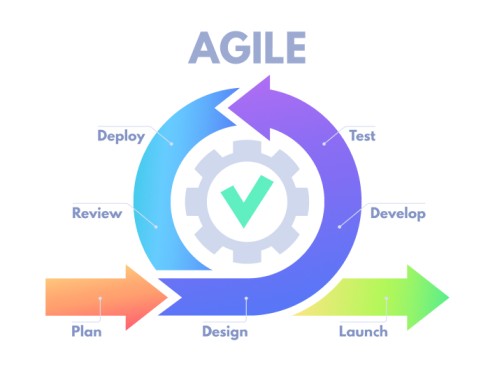
Get started with DevOps
The easiest way to get started with DevOps is to identify a small value stream (for example a small supporting app or service) and start experimenting with some DevOps practices. As a result, with software development, it is far easier to transform a single stream with a small group of stakeholders than to attempt an all-at-once organizational transition to a new way of working.
Moreover, Contact us today to start your DevOps tranformation.



